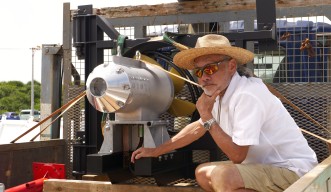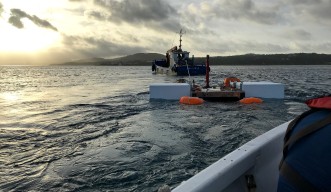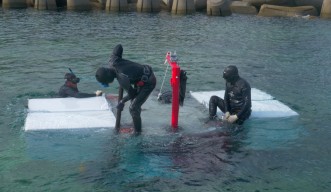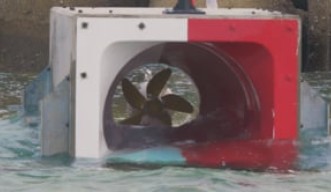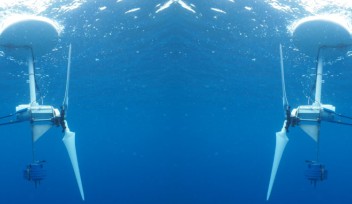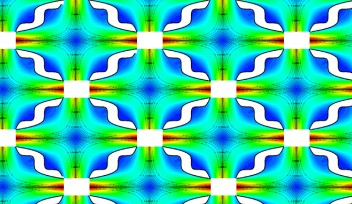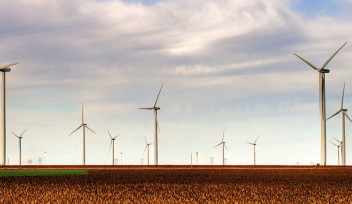Wave Energy Turbine Installed on Okinawa Shoreline
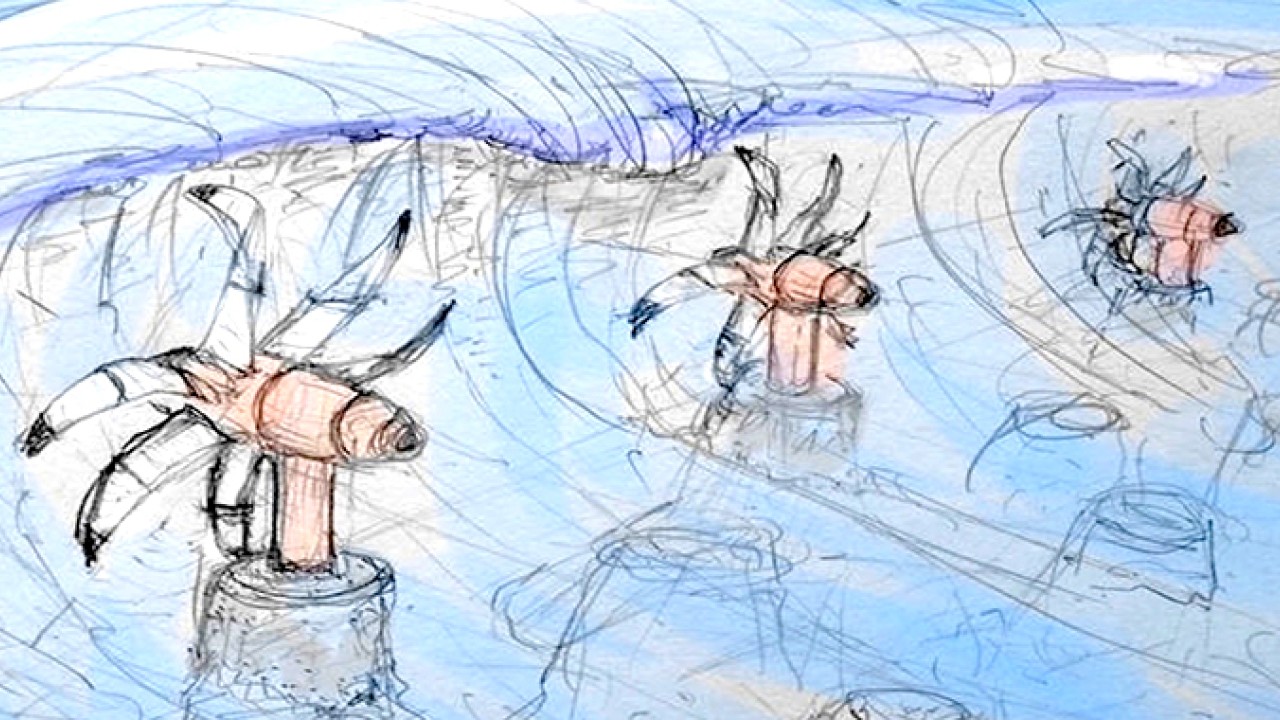
Energy from ocean waves could fulfill the world’s electricity needs — if that energy is properly harnessed. A team from the Okinawa Institute of Science and Technology Graduate University (OIST) has installed a new turbine in Okinawa that can harness six times more energy than earlier models — generating more electricity and bringing wave energy closer to market.
The “ducted” wave energy converter (WEC) marks the latest phase in research and development from the OIST Wave Energy Project. This new model includes a waveguide, a duct added to the front of the turbine that speeds up and focuses water flow. This duct allows more energy to be harvested from a single wave.
Following a successful pilot study in the Maldives, the new turbine has been installed in Seragaki, just north of OIST campus. The turbine will be monitored to confirm how much electricity it can generate — and its ability to withstand typhoons.
“The waveguide allows more wave energy to be converted to electricity than past designs,” explains Professor Tsumoru Shintake, who is leading the work. “We have also tackled energy storage by attaching the turbine to a supercapacitor that can save electricity for later use.”

Turbine installation 101
Most of our electricity is already generated using turbines — fossil fuels are usually burned to create steam which, in turn, rotates a turbine to generate electricity. While the ocean could provide a renewable alternative to this approach, using wave energy to power a turbine remains a challenge.
This is partly because waves don’t move with the flow of water, but instead emerge from local movement. Much like a stadium wave in a crowded amphitheater, water particles move up and down. Like people standing on the spot and moving in succession, this local movement creates what we see as a wave. Capturing enough of this energy has proven tough.
When a wave breaks, water flows quickly enough to spin a turbine for just a few seconds. Adding a waveguide to the front of the turbine prevents the wave from breaking — it acts as an energy concentrator, allowing more water to flow through the turbine at a faster speed. This allows extra energy to be extracted from each wave, generating more electricity.
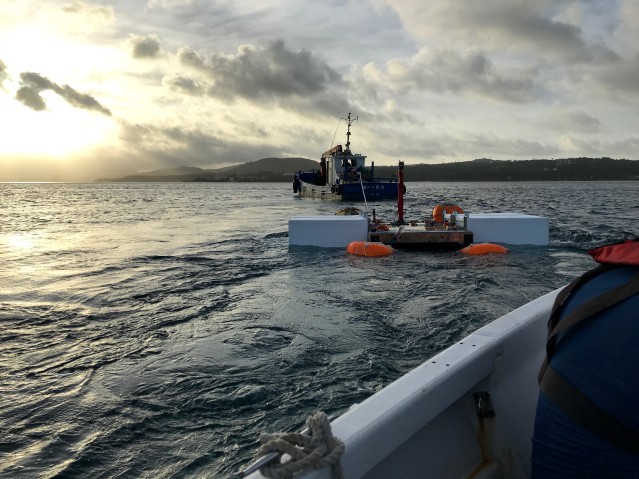
Installing the turbine was no easy feat. The team first attached the turbine and waveguide to a giant concrete block, which was then lifted by crane then dropped into the ocean. Here it was kept buoyant using floats while a speedboat dragged it to the correct location and waited for low tide. As the tide went out, the block landed on the seabed and was bolted in place using holes previously drilled into the coral limestone.
With the installation now complete, the turbine can begin to harness wave energy. Each rotation of its blades generates electricity, which is captured by an attached supercapacitor. Like a battery, this setup can store the energy until it is needed.
With obstacles in power conversion and energy storage taken care of, Shintake must contend with a new challenge — the Okinawan climate. It remains to be seen how the ducted WEC will fare against the impending typhoon season, yet Shintake is confident that the structure can withstand intense weather — and convert that extra energy into electricity.
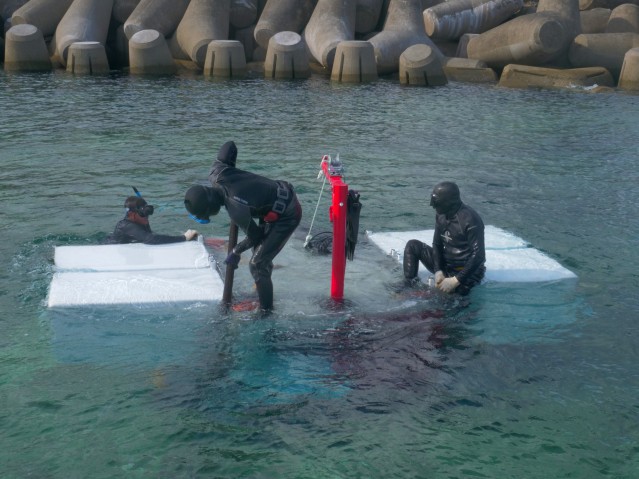
The ducted WEC model is a step forward from the team’s proof-of-concept models and recent Maldives pilot study. Shintake compares the project to aviation — having already had a “Wright brothers moment”, the new model will be more like a “modern jet engine,” he says. He expects that the turbine will continue to evolve over time.
And despite the challenges ahead in commercializing the technology, Shintake remains committed to his vision — to provide clean, affordable, sustainable wave energy to replace fossil fuels.
“We collect just a fraction of the energy available in our environment,” says Shintake. “This must change if we are to deal with climate change — before it deals with us.”
Specialty
Research Unit
For press enquiries:
Press Inquiry Form










